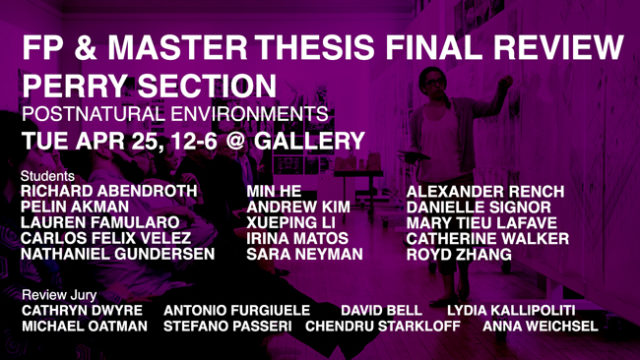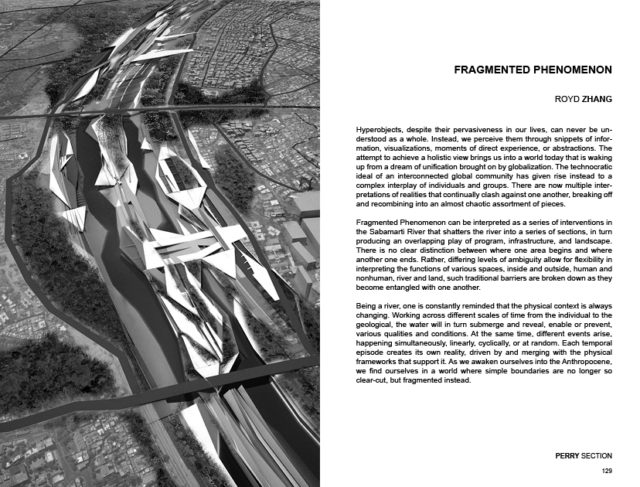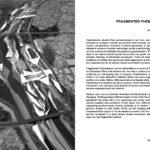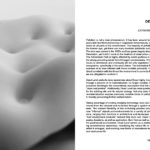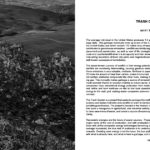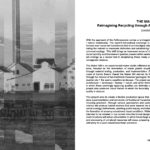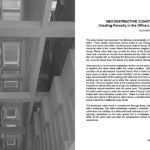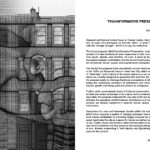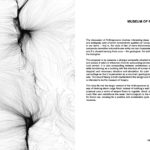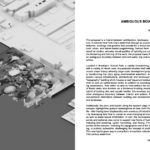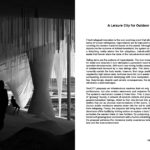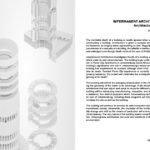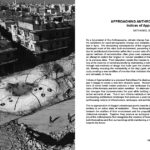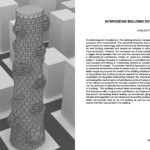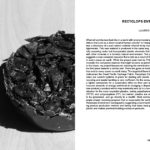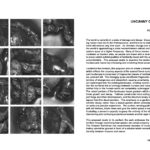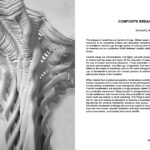Final Review: Final Project / PERRY Section
Final Review: Tue April-25 / Gallery 12-6pm:
POSTNATURAL ENVIRONMENTS_
CHRIS PERRY section
Students: Richard Abendroth – Pelin Akman – Lauren Famularo – Carlos Felix Velez – Nathaniel Gundersen – Min He – Andrew Kim – Xueping Li – Irina Matos – Sara Neyman – Alexander Rench – Danielle Signor – Mary Tieu LaFave – Catherine Walker – Royd Zhang.
Faculty: Chris Perry
Guest Critics: Cathryn Dwyre (Pratt) – Antonio Furgiuele (Wentworth).
SoA Critics: David Bell – Lydia Kallipoliti – Stefano Passeri – Chendru Starkloff.
The rapid technological advancements of the Industrial Revolution, beginning with the invention of the steam engine in 1784 and extending into the postwar years of the 1950s, brought with it a modern age characterized by optimistic themes of progress. Within the discipline of architecture during the first and second waves of the Modern Movement, Le Corbusier’s carefully cultivated “machine aesthetic” and Alison and Peter Smithson’s prototype for a mass-produced plastic “House of the Future” personified such themes.
It wasn’t until the late 1960s that concerns regarding the collateral effects of industrialization on ‘the environment’ gained momentum, instigating political as well as cultural forms of activity. For example, between 1969 and 1970, Richard Nixon founded the EPA, Robert Smithson completed Spiral Jetty, and John McHale published The Ecological Context. This initial engagement with the environment, however, proved to be relatively short-lived. Indeed, it is only in recent years that we see the mainstream of the discipline of architecture actively engaging environmental issues, arguably due to the increasingly tangible presence of the Anthropocene; a new geological age characterized by the existential threat of global warming.
In this new geological age, the long-held belief that humans exist apart from ‘nature’ is no longer tenable. Rather, the Anthropocene introduces what environmental theorist Timothy Morton calls an “asymmetrical confrontation” between humans and nonhumans in which “nonhumans have finally infiltrated human social, psychic, and philosophical space,” forcing “something on us, something that affects some core idea of what it means to exist, what Earth is, what society is.” As such, humans must inevitably come to terms with a dramatic philosophical realignment as it regards previously held concepts of ‘the environment’, specifically in terms of the assumption that ‘the environment’ is something out there. Indeed, as the speculative realists would argue, the Anthropocene challenges a long held anthropocentric view of the world by displacing the privileged position of the human subject. Hence Steven Shaviro’s claim that humans can no longer consider themselves “unique”, i.e. no longer apart from the nonhuman but rather, always and already a part of it.
Predicated on an uncertain future in which buildings and cities alike can no longer be designed for ‘us’ alone, but rather, must seek to foster new forms of architectural and urban inhabitation situated somewhere between the human and the nonhuman, i.e., within what we might think of as the “postnatural environment”, this section of Final Project endeavors to explore contemporary design discourse in the context of environmental and existential uncertainty. As such, the students in this section will be encouraged to produce work that, while diverse in many respects, demonstrates a common interest in exploring the seemingly paradoxical condition of simultaneous proximity and separation between the manmade and the ‘natural’. In such works of architecture, experiential, conceptual, as well as functional aspects of inhabitation, are characterized by the qualities of ambiguity, uncertainty, and instability endemic to a world displaced by the effects of climate change. It is in this respect that such architecture might be viewed as uniquely reflective of our contemporary moment, an architecture of postnatural environments in the Anthropocene.
///
